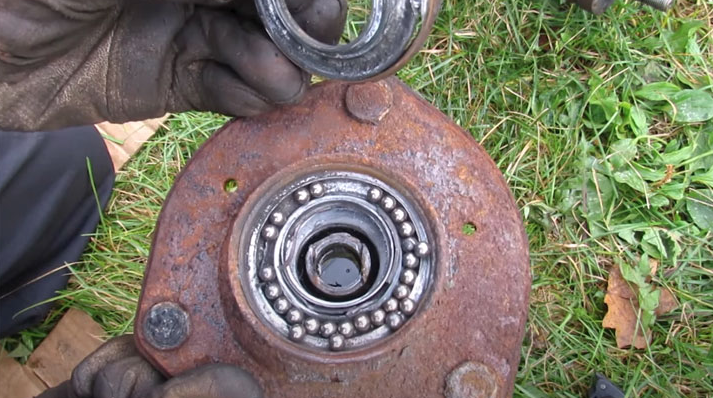Industry News
What Causes Strut Mount Failure?
In the majority of cases, strut mount failure comes as the product of normal wear and tear. A vehicle’s struts, as well as the mounts to which they are affixed, are exposed to near constant movement while traversing the road. Even when at rest, a vehicle’s weight is still transferred directly to its struts and strut mounts, without any sort of reprieve.
Essentially, the wear pattern of a vehicle’s strut mounts begins the moment that such components are installed, and continues at a merciless pace from that point forward. There is no point at which a vehicle’s strut mount is not under constant stress.
This level of wear is only further exacerbated through continual exposure to a number of environmental stressors. Rainwater, ice, and road salt all wreak havoc upon a vehicle’s strut mounts with time, thereby expediting their eventual failure.
What Happens if a Strut Mount Completely Fails?

You should never, under any circumstances, knowingly drive with a damaged or otherwise compromised strut mount. If such a mount were to fail completely, a number of issues could arise.
From a mechanical standpoint, the failure of an upper strut mount would allow a strut to “clunk” around, causing detrimental effects to a vehicle’s ride quality.
Additionally, any significant free-play allotted by a failed strut mount poses a further risk of premature wear to any number of a vehicle’s steering/suspension components. This is due to the fact that each of these components will be exposed to far greater stress, at the hands of undamped shock-loading.
Furthermore, strut mount failure is a definite safety issue. When a mount of this type fails, suspension geometry can be altered, thereby leading to hazardous driving conditions. In certain cases, a vehicle’s steering/handling may be compromised.
Article source: CarTreatments.com
